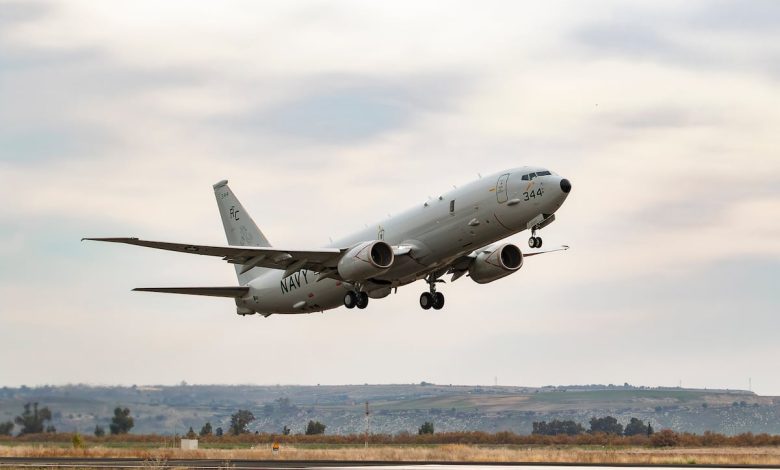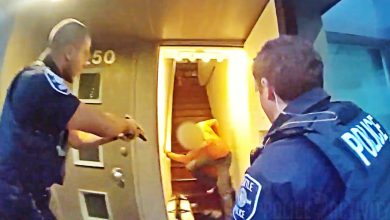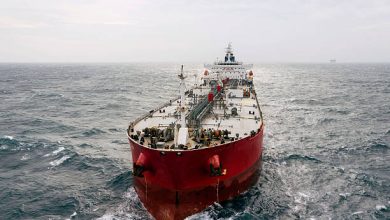Aussie spy planes worked overtime during nearby Chinese naval drills

MELBOURNE, Australia — Boeing P-8A Poseidon maritime patrol aircraft took center stage in Australia’s and New Zealand’s joint response during a surprise appearance last month of Chinese warships sailing around Australia, while the nations’ numbers of surface combatants have been dwindling, according to officials and analysts.
Responding to a question from Defense News at Avalon International Airshow 2025 – held here March 25-30 – a crewman said that Australian P-8As performed “high-duration, high-frequency sorties” whilst the People’s Liberation Army Navy (PLAN) ships voyaged around the continent.
The P-8A platform, of which the Royal Australian Air Force, or RAAF, currently has 12, can perform missions up to 20 hours long if they are aerially refueled. Australia has two additional P-8As coming “soon” too, said Air Commodore Angus Porter, director general of the RAAF’s Air Combat Capability branch, at the biennial Avalon event.
Poseidons of the Royal New Zealand Air Force also monitored the trio of Chinese ships – comprising the Type 054A frigate Hengyang, Type 055 cruiser Zunyi and Type 903 replenishment ship Weishanhu – as they sailed through the Tasman Sea.
Australians and Kiwis were shocked when the Chinese ship trio conducted gunnery drills on Feb. 21-22, causing nearly 50 airliners to divert course between Australia and New Zealand.
It is unclear whether the Chinese task group was accompanied by a nuclear-powered attack submarine. Defense News asked whether the P-8s, which Australian and U.S. military officials at Avalon described as “the world’s premier anti-submarine warfare aircraft,” had detected an accompanying submarine.
Officials would not say definitively one way or the other.
Jennifer Parker, from the National Security College, Australian National University, told Defense News that the live-fire activities occurred on the high seas, and that such activities were normal and common for warships.
However, even if lawful, China’s actions were undoubtedly designed as posturing towards Canberra and Wellington, both of which send warships through international waters in the Taiwan Strait and South China Sea.
Parker noted, “I think the nature of the deployment is certainly designed to send a message. There’s a reason they’re down here, there’s a reason they’re loitering down here and they’re not coming in for a port call. That’s about sending a message about their capability.”
Australasia is not used to hostile warships sailing through the Tasman Sea, but such a thing is likely to occur more frequently, especially as China buttresses its position in Antarctica, according to experts.
“Just by virtue of the scale of the navy they’ve built and their intentions to play a broader role in the Indo-Pacific, I just don’t think there’s any doubt that we’re going to see this more often,” said David Capie, Director of the Centre for Strategic Studies at Victoria University in Wellington.
Parker agreed, predicting Australia may even “see multiple task groups” – one in the Pacific and maybe one in the Indian Ocean.
“I think it’s about testing Australia’s responses – both in our defense responses but also our national responses in terms of, how does the population react to it.”
Capie described the Australian and New Zealand military response as “effective and very well coordinated.” However, both militaries are struggling to field surface combatants. New Zealand has only two frigates, while Australia’s navy is down to just ten warships.
In fact, one source told Defense News that New Zealand has almost become a strategic liability to Australia, because its military is so hollowed out. Parker believes New Zealand should align acquisitions and training pipelines with Australia.
Unmanned assistance
While the P-8s proved their worth in tracking the Chinese trio of ships, the mission was almost tailor-made for an unmanned capability that’s about to enter service: the Northrop Grumman MQ-4C Triton. The Australian Air Force has one Triton at the moment, but officials said the second and third examples will arrive in April after being checked out by the U.S. Navy.
The air service also has a fourth Triton on order. The fleet is expected to reach initial operating capability in the first quarter of 2026. The aircraft will be based at Tindal in the Northern Territory, even though they are flown from an air base near Adelaide in South Australia.
Tritons have an endurance of more than 24 hours and 7,400-nautical-mile range, making them ideal for monitoring future Chinese navy task groups sailing near Australasia.
Hogan said, “Triton’s coming along really well. It’s flown here in Australia in both February and March. I’m really comfortable that it’s on track.”
Asked whether Australia will need more of the drones, Hogan said the original fleet-size projections are holding up.
“The current environment and what we’ve experienced recently does not change the maths,” he said. “The Triton is effectively going to surveil a maritime space the size of Western Australia every 24 hours for each platform. So we’re comfortable with the maths we’ve done to arrive at the fleet size we have.”
Gordon Arthur is an Asia correspondent for Defense News. After a 20-year stint working in Hong Kong, he now resides in New Zealand. He has attended military exercises and defense exhibitions in about 20 countries around the Asia-Pacific region.







